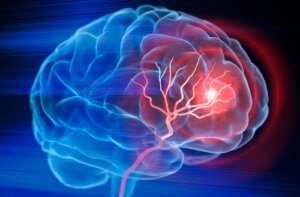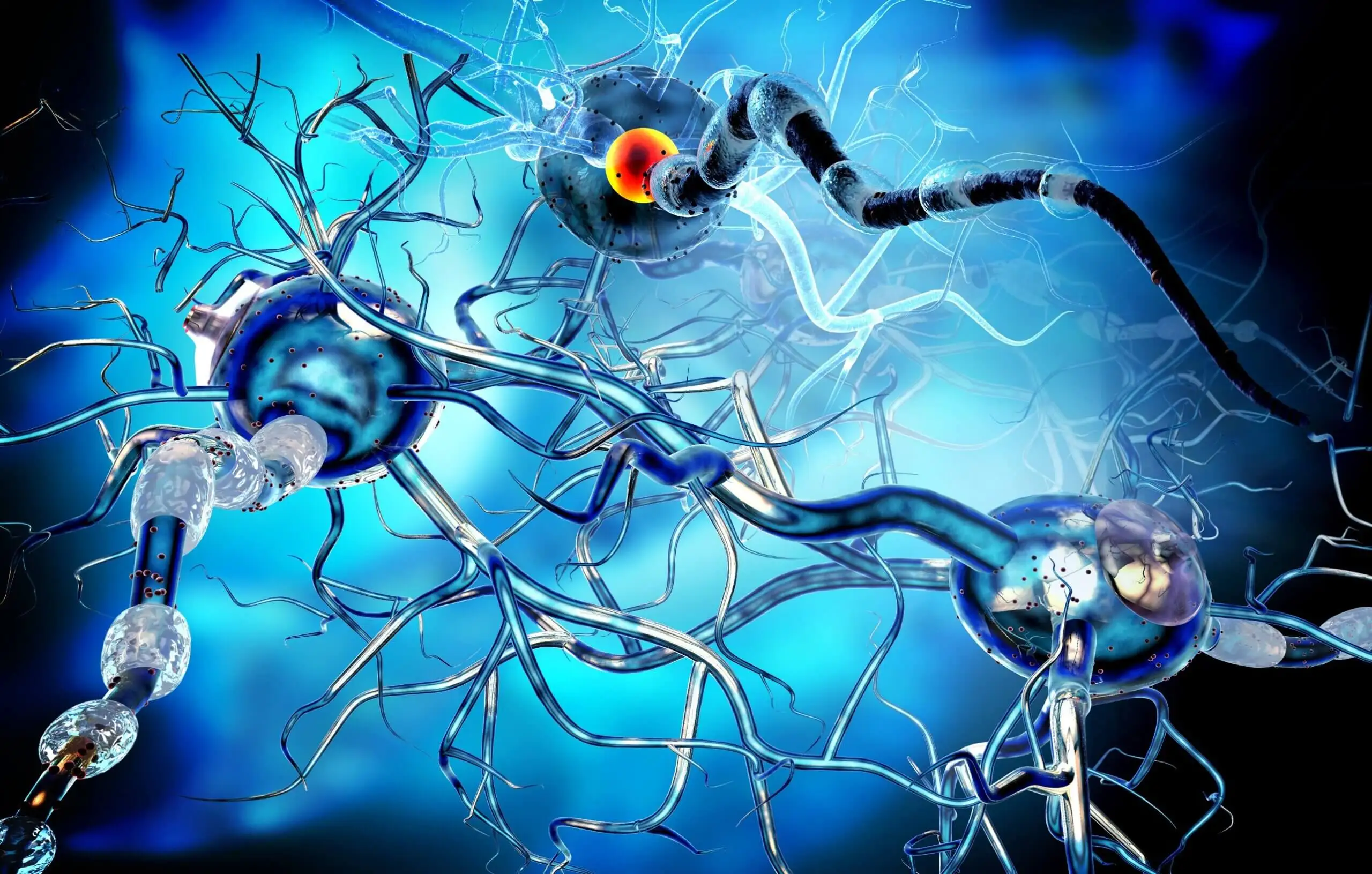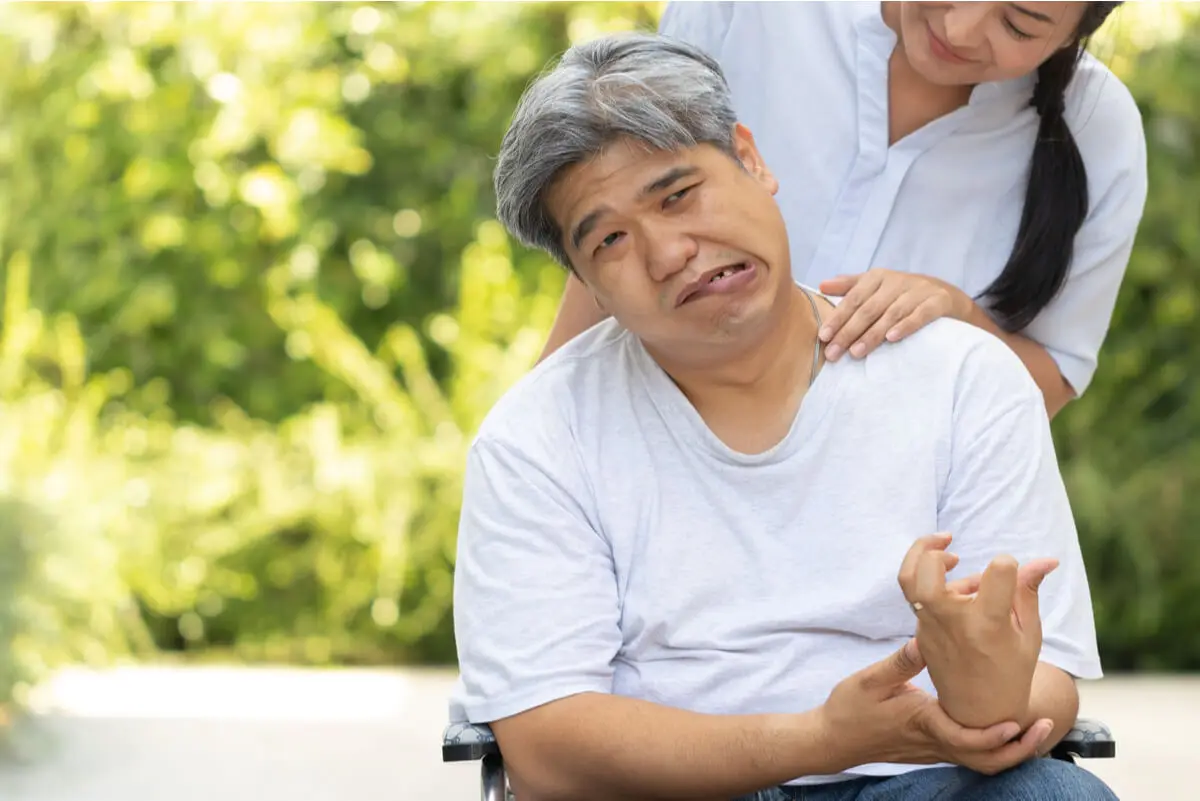World Stroke Day: A Few Minutes Can Save Lives


Written and verified by the doctor Mariel Mendoza
World Stroke Day is celebrated every year on October 29th, with the aim of increasing the visibility of this problem. According to the World Stroke Organization, 1 in 4 adults will experience the disorder at some point in their lives.
In short, it occurs when there’s a total or partial blockage of blood flow to the brain, resulting in temporary or permanent damage to neurons. Stroke is the leading cause of severe disability and the second leading cause of death by disease in adults.
The celebration of World Stroke Day seeks to reinforce the idea that strokes are preventable and “time is brain”. This phrase shows that a stroke is an immediate medical emergency.
Why a World Stroke Day?
The World Stroke Organization held the first World Stroke Day in 2006. The mission of this organization is to promote stroke research and education to improve stroke care for stroke victims throughout the world.
The greater the visibility and treatment available, the earlier patients will be treated, decreasing the percentage of associated disabilities. The commemoration of the day aims to educate about the associated risk factors, most of which are preventable.
The phrase “time is brain” alludes to the loss of neuronal function for every second that passes without initiating treatment after the decrease in blood flow. The brain has approximately 120 million neurons. When suffering a stroke, in just 1 minute almost 2 million of these cells are lost.
In addition, every hour that the person is left unattended, his or her brain ages 11 years. The reduction in neuronal function is irreversible and is what causes subsequent disabilities.

What is a stroke?
Also known as a cerebrovascular accident, or apoplexy, it’s a loss of brain function as a result of the total or partial interruption of blood flow to the brain. According to the World Health Organization (WHO), a stroke is a rapidly developing clinical syndrome due to a focal disturbance of brain function of vascular origin.
Strokes are classified into two groups:
- Ischemic
- Hemorrhagic
Compromised blood supply to the brain results in an impairment of brain function. The clinical manifestations will depend on the area and size of the lesion, as well as the duration of the blood interruption.
Symptoms
The symptoms present in stroke are multiple and variable. Most are neurological and appear rapidly.
The most common are the following:
- A sudden loss of strength, numbness, or paresthesia in the face or extremities. It can affect the same side of the body or the whole body. The most characteristic problem is the deviation of the labial commissure.
- The appearance of confusion or difficulty in understanding or speaking.
- Vision problems, blindness, or double vision.
- Unexpected and unusual headaches, of great intensity and without apparent cause.
- Sudden loss of balance or gait deficit.
- Decreased skin sensitivity.
Any of these symptoms should be reported immediately to the emergency department.
Risk factors associated with strokes
People who smoke, suffer from high blood pressure, diabetes, or who have high cholesterol or obesity are at greater risk of suffering a stroke. For example, those who suffer from obesity have up to 12% higher risk than the rest of the population.
Other associated risks are the presence of cardiac arrhythmias, alcohol consumption, and a sedentary lifestyle. Therefore, it’s clear that strokes can be prevented in up to 90% of cases.
Immediate measures would be as follows:
- Exercising regularly
- Adequate nutrition
- Stopping the consumption of alcohol and tobacco
- Control cardiovascular risk factors
Find out more: First Aid for Strokes
Early treatment is key
Rapid action in the acute phase improves the prognosis.
Stroke treatment will depend on the characteristics of the patient. Thrombolytics are usually used to thin the blood and increase blood flow in the case of ischemic cerebrovascular disease.
However, after blood flow is restored, rehabilitation remains. This disease is the main generator of physical and cognitive disability. About a quarter of patients who suffer a stroke remain severely impaired in the long term.
It’s the second leading cause of dementia worldwide.
The management of risk factors, together with the use of statins to lower cholesterol levels and prevent atherosclerosis, as well as antiplatelet agents, is key in patients at vascular risk. If there’s any pathology that increases the possibility of thromboembolism, it’s recommended to add anticoagulants.

Read more: 6 Tips to Help You Prevent a Stroke
World Stroke Day – time is precious
In 2022, World Stroke Day kept the focus on the importance of knowing the symptoms and signs to preserve the precious time available. Continuing the campaign started in 2021 that minutes can save lives, the day is a call to the general population and emergency services.
Cardiovascular diseases are the leading cause of death in women and the second leading cause of death in men. They’re also a cause of disability and more than a quarter of stroke patients will become severely disabled.
About half of patients develop dementia after a stroke.
Knowing the symptoms allows for an early and timely diagnosis. It may be evident that one side of the face droops or that there’s a loss of strength or sensation on one side of the body. Problems with speech or understanding and impaired vision are also alarms.
Suspicion can be aroused by asking the person to smile, raise his or her arms or answer simple questions. Failure in these tasks is a warning to act quickly. The most important thing to do is to call the emergency service.
Regular exercise, avoiding alcohol and tobacco consumption, and proper nutrition will help to avoid being part of the statistics. Also in prevention, every minute counts.
All cited sources were thoroughly reviewed by our team to ensure their quality, reliability, currency, and validity. The bibliography of this article was considered reliable and of academic or scientific accuracy.
- Benavides B, Sánchez V, Álvarez M, Manzano P, Zambrano J. Diagnóstico, imagenología y accidente cerebrovascular. Enferm Inv (Ambato). 2018; 3(Sup.1):77-83. Disponible en https://dialnet.unirioja.es/descarga/articulo/6282836.pdf
- Castilla-Guerra, Luis, María Del Carmen Fernandez-Moreno, and Colmenero Camacho MÁ. “Has the paradigm of stroke prevention changed in patients with diabetes?.” Atencion Primaria 52.7 (2019): 508-509.
- Giménez R, et al. Abordaje del accidente cerebrovascular. Información Terapéutica del Sistema Nacional de Salud 2002;26(4). Disponible en https://www.sanidad.gob.es/biblioPublic/publicaciones/docs/200204_1.pdf.
- Gutiérrez-Zúñiga, R., B. Fuentes, and E. Díez-Tejedor. “Ictus isquémico. Infarto cerebral y ataque isquémico transitorio.” Medicine-Programa de Formación Médica Continuada Acreditado 12.70 (2019): 4085-4096.
- Moyano A. El accidente cerebrovascular desde la mirada del rehabilitador. Rev Hosp Clin Univ Chile 2010;21. Disponible en https://redclinica.cl/Portals/0/Users/014/14/14/Publicaciones/Revista/accidente_cerebrovascular_desde_mirada_rehabilitador.pdf.
- Word Stroke Organization. Get Ready for World Stroke Day 2022 – The Power of Saving #Precioustime. Disponible en https://www.world-stroke.org/news-and-blog/blogs/get-ready-for-world-stroke-day-2022-the-power-of-saving-precioustime.
This text is provided for informational purposes only and does not replace consultation with a professional. If in doubt, consult your specialist.








